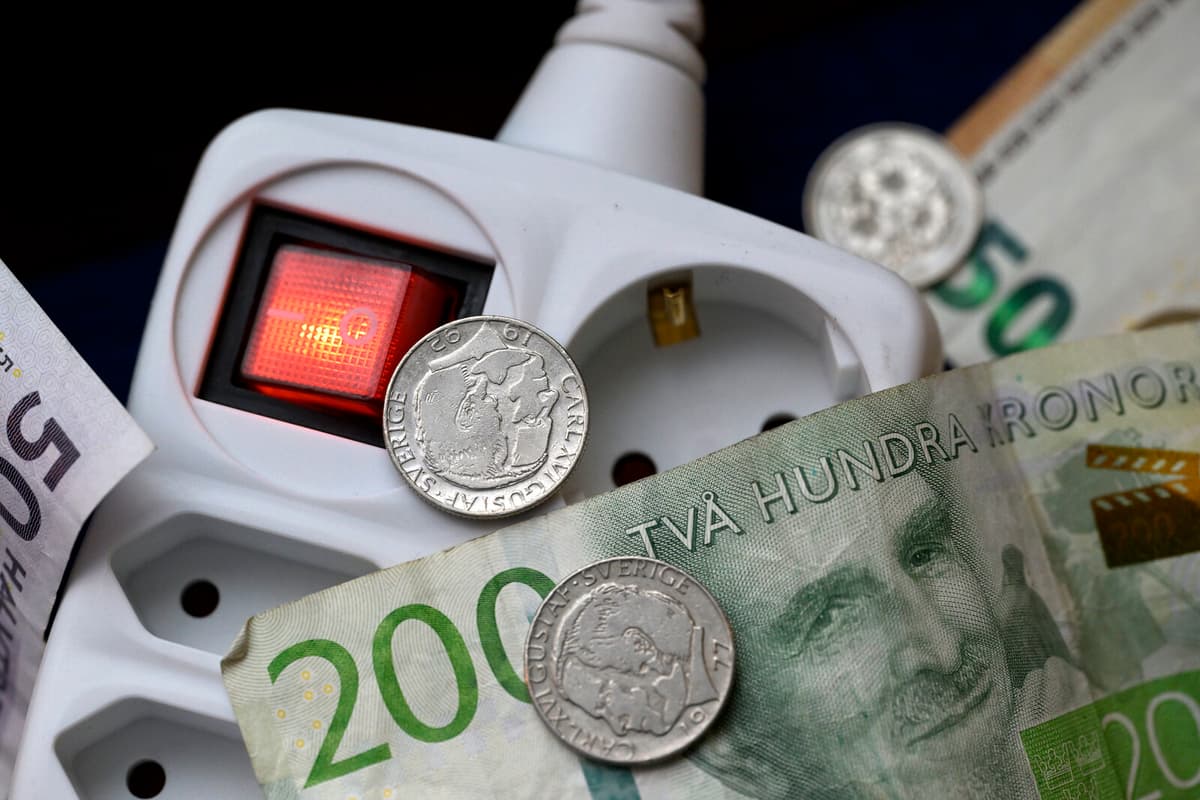The year has begun with relatively low electricity prices. Without direct drama, the prices have been lower than the corresponding period last year.
And that trend seems to continue, and strengthen.
We seem to be getting very low electricity prices this summer, says Christian Holtz, electricity analyst at Merlin & Metis.
A lot of water
According to the prognosis, it's about single-digit öre per kWh (kilowatt-hour) in Norrland and around 30 öre in the southern half of the country, according to Holtz. On the financial markets, the Nordic combined electricity price is traded around 15-20 öre/kWh during the summer months, which is about 40% lower than last year.
High levels in water reservoirs and a lot of new solar electricity, mainly on the continent, which is exported to southern Sweden, are the main reasons.
The fact that water levels are higher than normal can be explained by the fact that water can be stored, like a battery, when more wind power has entered the system.
All new solar electricity and wind power makes it so that almost every tenth hour now has a minus price. It's causing problems for the electricity system, with large price fluctuations as a result. It's not uncommon for electricity to be free in the middle of the day to cost two kronor in the evening. When electricity is too cheap, some producers shut down their other electricity production, it's simply not profitable.
Then it's hard to get production going on short notice, says Christian Holtz.
Too cheap
The low electricity prices have also made it so that investments in new wind power have come to a standstill.
"For producers, it becomes harder to get paid for their electricity, which reduces the incentives to invest in renewable production", says Johan Sigvardsson, electricity analyst at Bixia in a written comment.
But the large fluctuations in electricity prices are, apart from for producers, mostly a question for consumers with hourly pricing agreements. The large bulk has a variable monthly price, and then it's the average over the month that matters for the electricity bill.
Above the stock prices, which are the ones mentioned above, come electricity tax, VAT, and electricity grid fees of over one krona per kWh.





